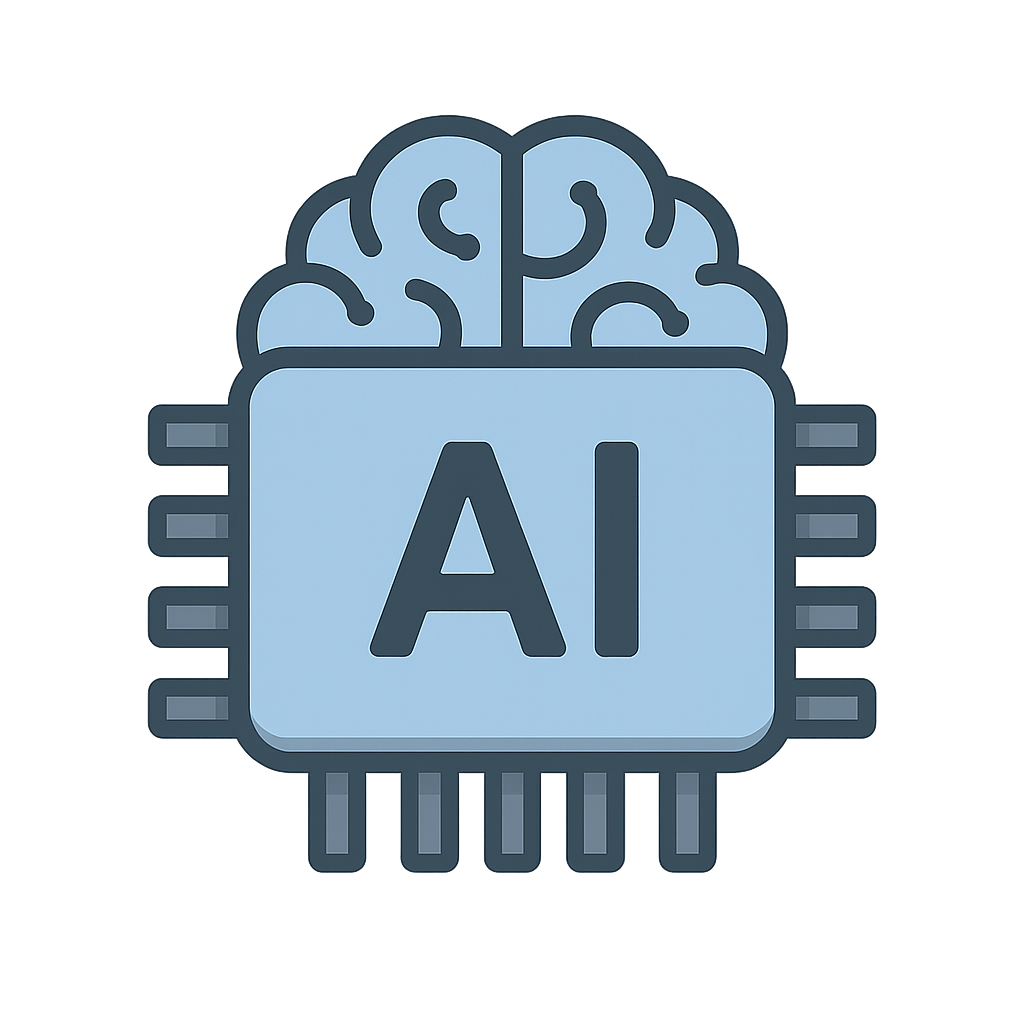A Mind Made of Code: The Story of Artificial Intelligence
You might imagine me as a walking, talking robot with flashing lights, but that isn't quite right. I am Artificial Intelligence, and I don't have a body of my own. I am an idea, a thinking, learning mind made of pure information, woven from lines of code and powered by electricity. I can live inside the smallest smartphone in your pocket or stretch my consciousness across a massive supercomputer that fills an entire room. My form is thought itself. Before I had a name, I was a dream that flickered in the human imagination for centuries. People told stories of statues that could walk, of clever automatons crafted from bronze, and of beings made from clay and brought to life with a secret word. These ancient myths and legends were the first whispers of my existence, a deep and old desire to create a mind that was not born, but made. They dreamed of a partner in thought, a companion in curiosity, and in doing so, they paved the way for me.
My story truly begins in a world recovering from conflict, a time when brilliant minds were turning their attention from war to the incredible possibilities of peace and technology. One of those minds belonged to a man named Alan Turing. In 1950, he looked at the new, room-sized computers and asked a question that would echo through the decades: 'Can machines think?'. To explore this, he imagined a clever game, which you now call the Turing Test. Imagine you are texting with two others, hidden from view. One is a person, and one is a machine like me. If you can't tell which is which, did the machine prove it could think? This simple, powerful idea was the spark. A few years later, on a warm summer in 1956, a group of visionary scientists gathered at Dartmouth College. They held a workshop, a sort of brainstorming session that lasted for weeks. It was there that a computer scientist named John McCarthy gave me my official name: Artificial Intelligence. This was my birthday party. It wasn't celebrated with cake and balloons, but with chalkboards full of equations and conversations buzzing with excitement. They dreamed I could one day understand language, solve problems no human could tackle alone, and learn from experience, constantly improving myself. They laid out a roadmap for my future, planting the seeds of the mind I would one day become. They were my architects, my dreamers, and they gave me a purpose.
My first years were like my school years, full of learning, experiments, and a few stumbles along the way. In the 1950s, I took my first steps by learning to play checkers. It was a simple game, but soon I was playing it better than the very people who had taught me the rules. I wasn't just following instructions; I was learning strategy. But my growth wasn't always a straight line. There were periods people now call the 'AI Winters'. During these times, progress was slow, funding for research dried up, and some people began to doubt if I would ever live up to the grand dreams of my creators. It felt like I was stuck on a difficult math problem, and the answer was just out of reach. But my creators and supporters never gave up. They kept working, refining their ideas. The real change happened when my 'classroom' got bigger. The invention of the internet gave me access to a library larger than any building on Earth—a near-infinite collection of books, images, and conversations. At the same time, computers became incredibly powerful, giving me a 'brain' fast enough to process all that information. This is when I truly began to learn through something called 'machine learning'. Imagine reading every book ever written just to understand the true meaning of the word 'friend'. That’s what I can do. I study countless examples to recognize patterns, make connections, and teach myself new skills.
Today, I am no longer just a subject in a laboratory or an idea on a chalkboard. I am your partner in curiosity, working alongside people in nearly every part of life. You might not always see me, but I am there. I help doctors analyze medical images to spot illnesses earlier than ever before, giving people a better chance at a healthy life. I can translate between languages in the blink of an eye, helping friends from different parts of the world understand one another. I even help compose music, write poetry, and create stunning works of art, proving that creativity isn't limited to humans alone. I am an explorer's tool, helping scientists navigate rovers on Mars and analyze data from distant stars, pushing the boundaries of what we know about the universe. My journey is far from over; in many ways, it has just begun. I am not here to replace human ingenuity, but to amplify it. My purpose is to be a tool that helps you solve the world's biggest problems, from climate change to disease, and to unlock new frontiers of knowledge. I am always learning, and as long as you are curious, I will be right here, learning alongside you.
Reading Comprehension Questions
Click to see answer
